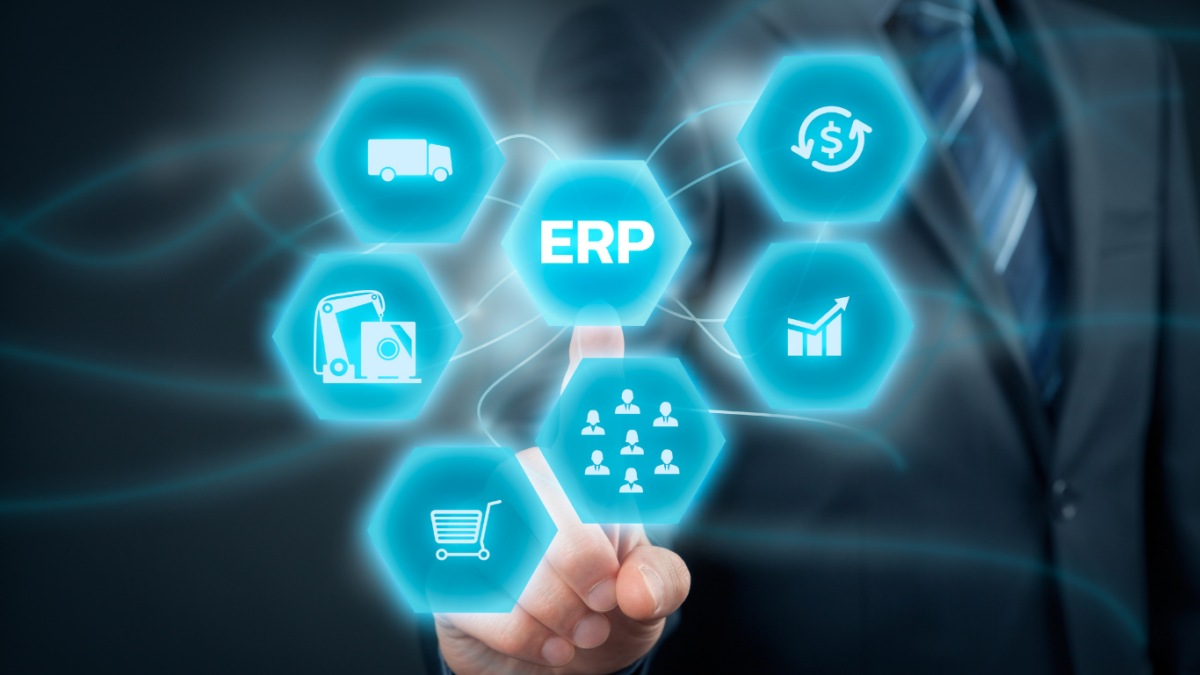Introduction: In the digital age, Enterprise Resource Planning (ERP) systems have emerged as powerful tools for streamlining operations, enhancing efficiency, and promoting collaboration across various industries. The public sector is no exception, as government agencies have recognized the potential of ERP in transforming their processes and service delivery. This blog will explore how ERP is used in the public sector, discuss its benefits, and delve into future possibilities.
- Enhancing Efficiency and Integration (250 words): In the public sector, efficiency and integration are paramount. ERP systems offer a centralized platform integrating core functions such as finance, human resources, procurement, and inventory management. By adopting ERP, government agencies can eliminate redundant processes, minimize data silos, and promote seamless information flow across departments. This integration enhances efficiency by reducing manual efforts, eliminating data inconsistencies, and providing real-time insights for informed decision-making. Moreover, by automating routine tasks and workflows, ERP systems free up valuable time for government employees, letting them to focus on higher-value activities and improving productivity.
- Improving Service Delivery and Citizen Experience (250 words): Delivering efficient and citizen-centric services is a crucial objective for the public sector. ERP systems enable government agencies to improve service delivery and enhance the citizen experience. By automating workflows, agencies can streamline processes such as permit applications, licensing, and citizen service requests. This automation reduces processing time and improves accuracy and transparency, leading to higher citizen satisfaction. Additionally, ERP systems provide self-service portals and mobile applications that empower citizens to access information and interact with government services conveniently. Citizens can submit forms, track applications, and receive real-time updates, improving their overall experience and engagement with the government.
III. Data-Driven Decision Making (200 words): In the data era, making informed decisions based on accurate information is crucial for effective governance. ERP systems generate vast amounts of data, and public sector organizations can leverage this data for data-driven decision-making. By utilizing analytics and reporting capabilities, agencies can gain insights into resource utilization, operational performance, and service demand. This data-driven approach enables evidence-based decision-making, policy formulation, and improved resource allocation, leading to more efficient and effective governance. For example, analyzing data on service demand patterns can help government agencies identify trends, optimize resource allocation, and allocate budgets strategically.
- Future Possibilities: The future of ERP in the public sector holds immense potential for further advancements and opportunities. As technology evolves, government agencies can leverage emerging trends to enhance ERP systems further. Some future possibilities include the following:
- Cloud-Based ERP: Moving ERP systems to the cloud offers scalability, flexibility, and cost savings. Cloud-based ERP solutions enable government agencies to access data and applications from anywhere, facilitating remote work, collaboration, and disaster recovery. The cloud also provides opportunities for data sharing and interoperability between government agencies, enabling more integrated and coordinated services.
- Integration with Emerging Technologies: Integrating ERP systems with emerging technologies like artificial intelligence (AI), machine learning (ML), and the Internet of Things (IoT) can unlock new capabilities. For example, AI-powered chatbots can enhance citizen engagement and support, while IoT devices can provide real-time data for predictive maintenance and resource optimization. ML algorithms can analyze large datasets to identify patterns, anomalies, and trends, enabling government agencies to make proactive decisions and anticipate citizen needs.
- Enhanced Cybersecurity Measures: As the public sector deals with sensitive data, bolstering cybersecurity measures becomes crucial. Future ERP systems should prioritize robust security protocols, encryption techniques, and proactive threat detection to safeguard citizen information. Additionally, technologies like blockchain can enhance data integrity and transparency, ensuring trust and privacy in government transactions and interactions.
Conclusion: ERP systems have revolutionized the public sector by enhancing efficiency, improving service delivery, and enabling data-driven decision-making. The future of ERP in the public sector lies in harnessing emerging technologies, embracing cloud solutions, and prioritizing cybersecurity. By leveraging these advancements, government agencies can unlock greater operational efficiency, citizen satisfaction, and informed governance, ultimately leading to a more responsive and digitally enabled public sector. With continuous innovation and strategic implementation, ERP systems will continue empowering the public sector, driving positive change, and transforming how governments serve their citizens.


